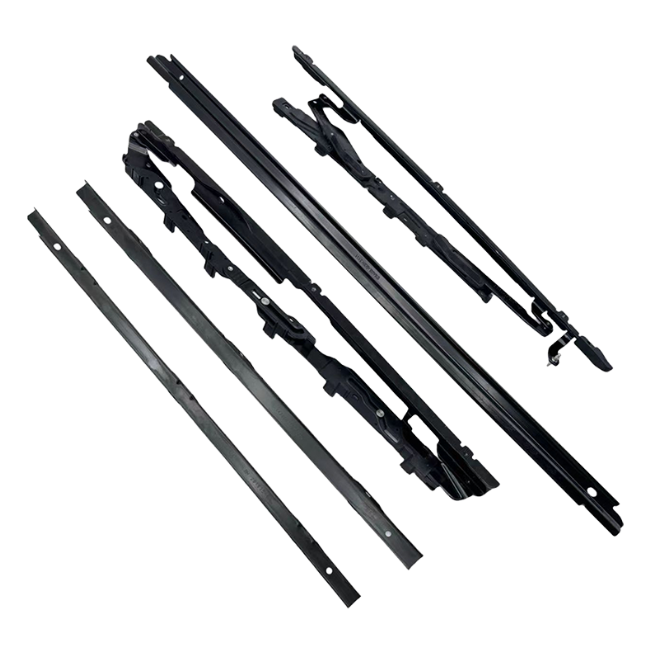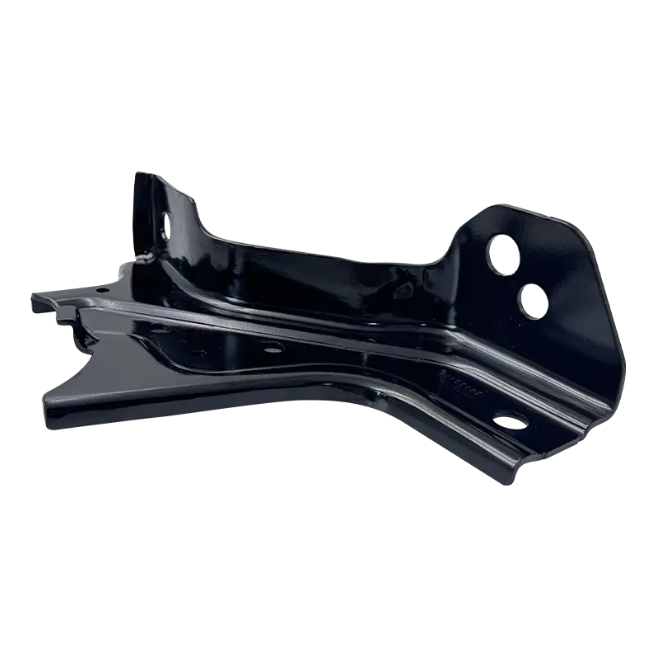
1 Progressive Dies—Revolutionizing Modern Metal Stamping with Efficiency and Precision
1.1 One Stamping, Multiple Processes—The Core of Progressive Die Efficiency
Unlike traditional dies that require multiple steps and machines, progressive dies integrate several stamping operations into a single continuous process. From punching to bending to forming, each action is executed in sequential stations, dramatically reducing handling time and boosting throughput in mass production lines.
1.2 Precision Engineering Minimizes Error and Material Waste
Progressive dies are engineered for micro-precision, ensuring that each stage aligns perfectly with the next. This not only reduces cumulative dimensional deviations but also minimizes offcuts and misalignments. The optimized material flow significantly improves resource utilization and product consistency, key factors in competitive manufacturing environments.
1.3 Uniform Stress Distribution Increases Die Longevity and Reduces Downtime
One of the standout benefits of progressive dies lies in their ability to evenly distribute mechanical stress across tooling surfaces. This reduces localized wear, lowers the risk of cracking or deformation, and contributes to longer tool life. The result is fewer interruptions, less frequent replacements, and more predictable maintenance schedules—key for cost-effective mass production.

2 Material Matters—How Smart Selection Impacts Die Durability and Performance
2.1 Steel—The Standard-Bearer for Strength, Wear Resistance, and Heat Tolerance
High-carbon and tool-grade steels are the most widely used materials for progressive dies due to their exceptional toughness, compressive strength, and thermal stability. These properties allow the die to maintain integrity under high pressure and temperature, making steel ideal for long production runs and heavy-duty stamping of hard metals like stainless steel or copper alloys.
2.2 Heat Treatment Enhances Hardness, Toughness, and Lifespan
The performance of steel dies can be further optimized through precise heat treatment processes such as quenching, tempering, and nitriding. These treatments customize the hardness profile of the die, enabling it to endure more aggressive operations while maintaining resistance to cracking, spalling, or dimensional distortion over time.
2.3 Aluminum Alloy—Lightweight Alternative for Medium-Load Applications
For operations that prioritize ease of handling and faster heat dissipation, aluminum alloy progressive dies offer an efficient solution. Their low density helps reduce operator fatigue and machine load, while excellent thermal conductivity enables faster cooling between stamping cycles. Though less wear-resistant than steel, aluminum dies are well-suited for short-run or less abrasive tasks.

3 Strategic Material Selection Drives Performance, Profitability, and Production Quality
3.1 Enhancing Processing Results through Material-Tailored Design
The mold material directly influences the accuracy and consistency of each stamped part. Using inappropriate materials can lead to early die degradation, burr formation, dimensional inconsistency, and product rejection. Selecting materials based on operational load, temperature conditions, and stamping frequency ensures better repeatability and surface finish in end products.
3.2 Wear Resistance, Toughness, and Thermal Stability Define Long-Term Viability
Progressive dies are often subject to high cycles and harsh conditions. Materials with high wear resistance—such as tool steels with added vanadium or chromium—enable longer intervals between maintenance. In environments with high thermal stress, materials with low thermal expansion coefficients help maintain tight tolerances and avoid thermal fatigue-related failures.
3.3 Material Selection as a Strategic Decision in Custom Manufacturing
Modern manufacturers face highly varied demands, from rapid prototyping to large-scale production of precision components. Material choice must be aligned with not only mechanical and thermal performance but also economic factors such as cost-per-cycle, availability, and machinability. Customizing material selection based on specific part requirements, production volume, and operational constraints is now a standard best practice across the tooling industry.